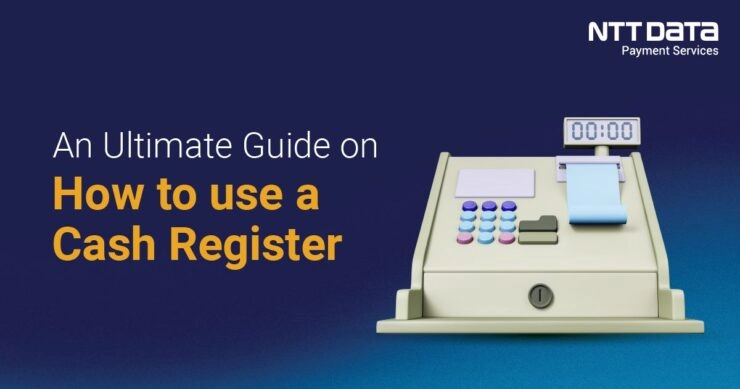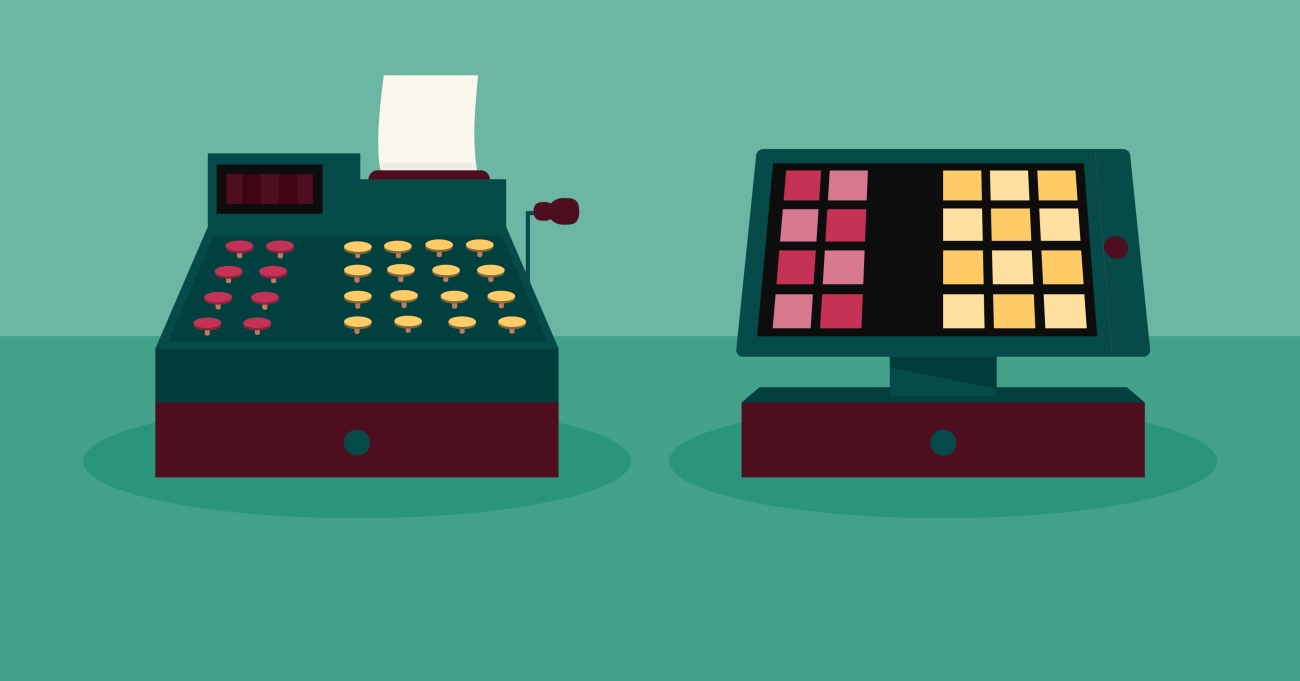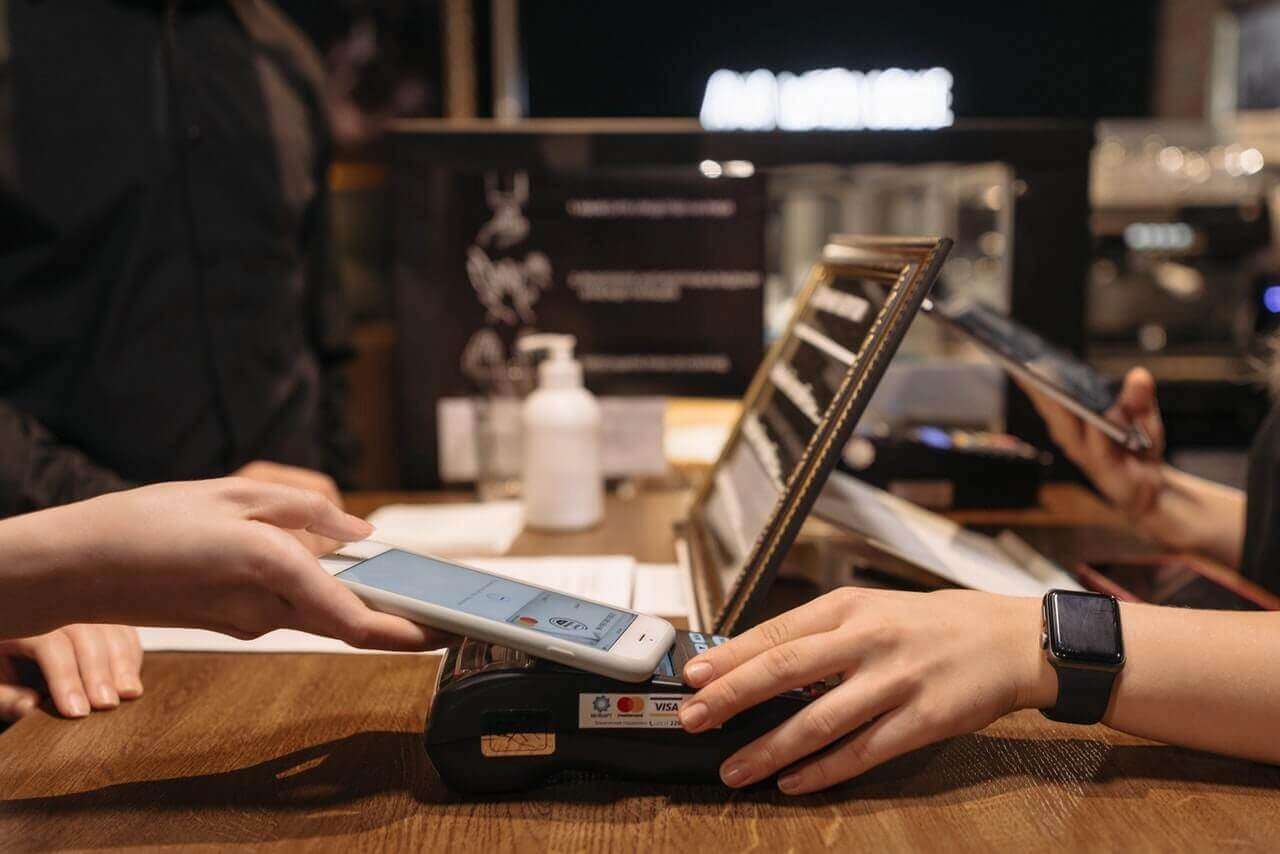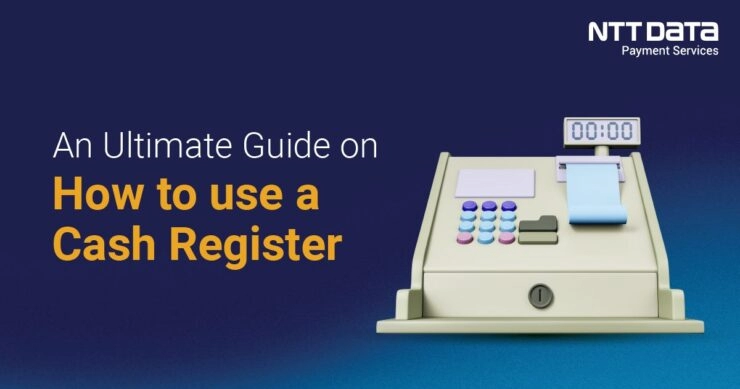How to Operate a Cash Register Step by Step Guide for Beginners

Are you wondering how to operate a cash register like a pro? Whether you’re a new cashier or a small business owner setting up shop, mastering the cash register is key to smooth transactions and happy customers. At SDLPOS, we’ve been equipping businesses with top-notch cash register hardware for years, and we’re here to share our expertise. In this beginner-friendly guide, you’ll discover clear, step-by-step instructions to confidently handle sales, payments, and more. Let’s get started and make cash register operation a breeze!
The Basics of a Cash Register

What is a Cash Register and Its Purpose
A cash register is a device used in retail and service settings to record sales transactions, calculate totals, and handle payments. Its primary purpose is to ensure accurate billing, secure cash handling, and provide receipts for customers. Whether you’re handling cash, card, or mobile payments, a cash register simplifies checkout and helps manage sales data efficiently.
Types of Cash Registers
There are several types of cash registers, each suited to different business needs:
- Manual Cash Registers – Basic mechanical models where prices are entered manually. Mostly outdated but still used in very small or low-tech setups.
- Electronic Cash Registers (ECRs) – More common today, these models have digital displays and can automatically calculate totals, taxes, and change.
- Point of Sale (POS) Systems – Advanced electronic systems with software that manages sales, inventory, customers, and reporting. These systems often integrate barcode scanners, receipt printers, and can connect to payment processors.
Choosing the right type depends on your business size, transaction volume, and operational needs.
Key Components of Cash Register Hardware
Understanding the main parts of a cash register helps you operate it smoothly and troubleshoot if needed. Typical hardware components include:
- Display Screen – Shows prices, totals, and transaction details to both cashier and customer.
- Cash Drawer – The secure compartment for storing cash and coins. It opens during transactions or manual checks.
- Receipt Printer – Prints out detailed receipts for customers. Receipt paper needs regular loading.
- Barcode Scanner – Reads product barcodes to quickly ring up items and reduce manual errors.
- Keypad or Touchscreen – Input interface for entering prices, selecting functions, and processing sales.
An efficient cash register setup combines these components to speed up checkout, reduce mistakes, and improve customer experience.
This overview of how to use a cash register for beginners sets the foundation for learning operation steps, cash handling, and troubleshooting common issues. Next, we’ll cover how to prepare your cash register before use for a smooth start.
Preparing the Cash Register Before Use

Before you start ringing up sales, it’s essential to prepare your cash register properly. This helps avoid mistakes and keeps your workflow smooth all day.
Setting up Your Cash Register
First, power on the register following the manufacturer’s instructions. Most electronic cash registers and POS systems have a simple power button or switch. Once on, check that the screen is clear and ready to go.
- Load receipt paper: Open the receipt printer compartment and insert the paper roll with the correct orientation. Make sure the paper feeds smoothly and close the cover securely.
- Open the cash drawer: On most systems, the cash drawer opens automatically when you turn on the register or press the “drawer open” key. Physically check that the drawer opens and closes easily without jamming.
Logging In and User Authentication
If your cash register or POS requires user login, enter your credentials to access the system securely. This could be a PIN, swipe card, or password.
- Logging in helps track sales by cashier and adds a layer of security to prevent unauthorized use.
- If you share the register, make sure everyone uses their unique login for accountability.
Setting Up the Initial Cash Float
Starting your shift with a proper initial cash float is critical. This is the amount of money placed in the cash drawer at the beginning of the day to make change during transactions.
- Count out the correct float amount as per your store’s policy, typically a mix of coins and bills that covers common change needs.
- Place the cash neatly in the correct compartments in the drawer.
- Record the float amount in the register if your system prompts you, so it knows the starting balance for accurate cash tracking.
Skipping this step can cause issues with balancing your register later, so never overlook it. Proper setup ensures your cash management is smooth and transparent throughout your shift.
Step by Step Guide to Operating a Cash Register

Operating a cash register smoothly is key to providing a fast, professional checkout experience. Here’s a clear rundown of the essential steps involved in ringing up sales, handling payments, and closing transactions efficiently.
Ringing Up Sales Scanning Items and Entering Prices Manually
- Scan items using the barcode scanner to automatically input prices and descriptions into the register. This reduces errors and speeds things up.
- If an item doesn’t scan, enter the price manually by typing in the price or item code.
- Double-check each entry on the register display to ensure accuracy before moving on.
Applying Discounts Tax Calculations and Special Pricing
- Use the cash register’s discount functions to apply coupons, promotions, or employee discounts. These can be percentage-based or fixed dollar amounts.
- The register will automatically calculate sales tax based on your store’s tax settings, which saves you from doing math on the fly.
- Handle special pricing like buy-one-get-one deals or volume discounts by selecting the correct option on the register, ensuring that the customer sees correct savings.
Processing Payments Cash Card Mobile Payments
- Accept various payment types including cash, credit/debit cards, and mobile wallets like Apple Pay or Google Pay.
- For cash payments, enter the amount tendered and give the correct change from the cash drawer.
- For cards and mobile payments, follow the prompts on the card terminal or POS system to complete the transaction securely.
- Always confirm payment approval before moving on.
Issuing Receipts and Handling Returns Refunds
- Print receipts using the receipt printer and hand them to customers. Receipts serve as proof of purchase and are important for returns or exchanges.
- When handling returns or refunds, process them through the register by locating the original sale or entering the returned items.
- Follow your store’s policy for returns to ensure the refund amount is correct and inventory updates accordingly.
Closing a Sale and Updating Inventory if Integrated with POS
- After payment, finalize the sale by pressing the “complete” or “close sale” button on the register.
- If your POS system is integrated with inventory management, the system will automatically update stock levels based on what was sold.
- This real-time update helps keep your inventory accurate, preventing overselling or stockouts.
Mastering these steps makes cash register operation straightforward and reliable. It’s all about accuracy during ringing up, quick and secure payment processing, and clear handling of receipts and returns. If your cash register is part of a POS system like SDLPOS, these tasks become even more streamlined, helping your store run effortlessly every day.
Handling Cash and Register Security Best Practices
Managing cash and maintaining register security are critical to smooth business operations and preventing losses. Here’s how to handle cash accurately and keep your cash register secure throughout your shift.
Tips for Accurate Cash Handling to Avoid Errors and Theft
- Count cash carefully when starting and ending your shift. Always verify your initial float matches the amount recorded in the register to ensure an accurate baseline.
- Use a cash counting tray if possible. It helps speed up counting and reduces mistakes.
- Never mix deposit cash with your float. Keep the starting amount separate to avoid confusion when balancing later.
- Avoid distractions while handling cash. Focus fully when giving change or accepting payments to prevent errors.
- Be mindful of counterfeit bills. Use counterfeit pens, magnifiers, or UV lights if provided by your employer.
- Limit cash drawer access. Only authorized personnel should open the drawer to prevent unauthorized cash removal or tampering.
Proper Cash Drawer Management During Shifts
- Keep the cash drawer closed when not in use. Open it only for transactions.
- Avoid overfilling the drawer. Regularly remove excess cash to secure storage like a safe or drop box.
- Organize cash by denomination. This speeds up transactions and reduces errors.
- Log any cash drops or removals clearly. Transparency helps track cash flow accurately.
- Use the lock feature on the cash register when stepping away to prevent unauthorized access.
Procedures for Balancing the Register and End of Day Reconciliation
- Count all cash, checks, and credit receipts carefully. Compare against your sales records before closing out.
- Record discrepancies immediately. Note any differences between cash counted and register totals for review.
- Follow your company’s procedures for overages or shortages. This might involve completing incident reports or alerting a manager.
- Perform the cash register’s end of day closing functions. This ensures all transactions are logged and accounted for properly.
- Secure all cash and receipts in a safe place overnight. Use a locked safe or secure drop box.
- Review transaction reports for irregularities. This can help detect potential theft or operational errors early.
By following these best practices for cash handling and register security, you can reduce errors, stop losses, and keep your cash register operations smooth and secure every day.
Troubleshooting Common Cash Register Issues
Operating a cash register smoothly means knowing how to fix common problems that pop up. Here’s a straightforward guide for handling typical issues like receipt printer jams, display errors, unresponsive keys, and power failures.
Fixing Receipt Printer Jams and Paper Replacement
Receipt printer jams are one of the most frequent annoyances during checkout. To quickly resolve this:
- Turn off the register before opening the printer to avoid damage.
- Open the printer cover and gently remove the jammed paper. Don’t yank it out; pull slowly to avoid tearing.
- Check for small bits of paper stuck inside and clear them out.
- Replace the receipt paper roll with the correct size and make sure it’s loaded with the paper feeding from the bottom of the roll.
- Close the cover and power the register back on. Print a test receipt to confirm it’s working.
Proper paper loading and regular maintenance will reduce jams significantly.
Troubleshooting Display Errors and Unresponsive Keys
Sometimes the screen may show garbled text, be blank, or keys stop responding due to hardware or software glitches:
- Restart the cash register as your first quick fix. This often clears minor errors.
- Check if the display screen brightness is too low or if the unit is properly connected to power.
- For unresponsive keys, make sure the keyboard or keypad isn’t dirty or stuck. Clean it gently using a soft, dry cloth.
- If specific keys aren’t working, try recalibrating the keyboard if your system supports it.
- Consult the user manual for error codes shown on the display – they often provide clues on what’s wrong.
If problems persist, contact your cash register supplier or tech support for advanced troubleshooting.
What to Do in Case of Power Failures or System Crashes
Power failures or system crashes can halt sales and lead to lost data if you’re not careful. Here’s how to minimize disruption:
- Always save your work frequently if your system supports it.
- Use an uninterruptible power supply (UPS) or backup power for electronic registers to keep them running during brief outages.
- If a crash happens, restart the cash register and check system integrity before resuming transactions.
- Have a manual backup process ready — like written transaction logs or a calculator — to keep sales going.
- Regularly back up your sales data to avoid permanent losses.
Being prepared for power issues saves both time and headaches.
By mastering these troubleshooting steps, you can keep your cash register running smoothly and your customers happy, while reducing downtime and errors significantly.
Benefits of Using SDLPOS Cash Registers for Efficient Operation
When it comes to how to operate a cash register, choosing the right system is key. SDLPOS cash registers stand out for their reliability and durability, making them a solid choice for retail businesses across the United States.
Reliable and Durable Hardware
SDLPOS cash registers are built tough to handle the daily demands of busy stores. Their hardware is designed to last, minimizing downtime and repair costs. This durability means less worry about breakdowns and more time focused on serving customers efficiently.
User Friendly Interface and Efficient Operations
One strong point of SDLPOS systems is their intuitive user interface. Whether you’re a cashier just learning cash register operation steps or a manager running a large POS system, SDLPOS makes the process smooth with:
- Easy item scanning and price entry
- Fast payment processing for cash, card, or mobile payments
- Built-in tax and discount handling
- Simple receipt printing and returns processing
This usability reduces training time, so new staff get comfortable quickly, and everyday tasks speed up.
Robust Security Features
Protecting your cash drawer and customer data is crucial. SDLPOS cash registers come with robust security measures, such as secure user login, encrypted transactions, and tamper-proof cash drawers. These features help reduce theft risks and keep your operations compliant with retail best practices.
Comprehensive Support and Service
Another advantage of SDLPOS is their strong customer support and service network in the US. They offer:
- Technical assistance for troubleshooting common cash register problems
- Fast repair or replacement parts when needed
- Regular software updates to keep the system running smoothly and securely
Having reliable support means fewer disruptions and faster resolutions to issues like receipt printer jams or system crashes.
Overall, SDLPOS cash registers provide a dependable, easy-to-use solution that fits well with retail cashier best practices. Their combination of solid hardware, user-friendly features, and excellent support makes operating a cash register simpler and more efficient for local businesses.

One thought on “How to Operate a Cash Register Step by Step Guide for Beginners”